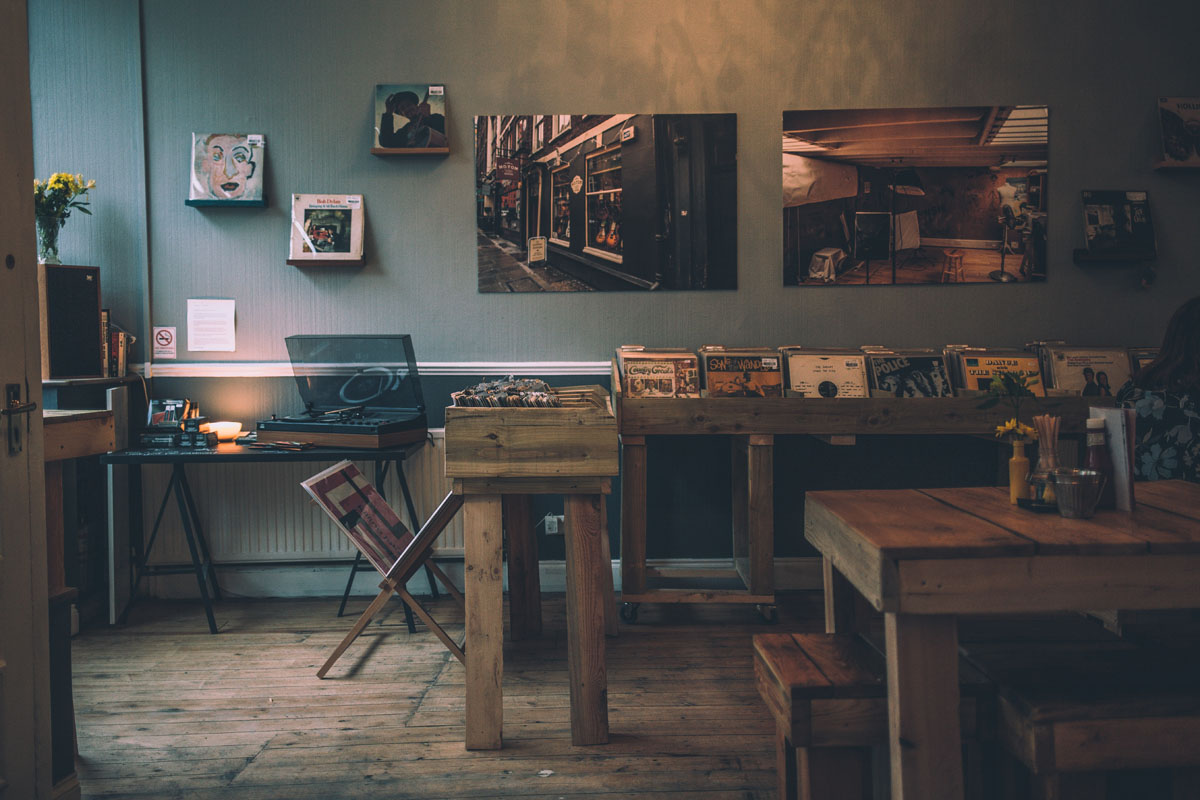There are many well-known brands of glue that are trusted by people worldwide, and one of these brands is Gorilla Glue. The main thing people want to know about glue brands is what materials they work best with, so they can choose a suitable glue for their project or repair job. So, what materials does Gorilla Glue bond well with?
Gorilla Glue works on plastic, metal, glass, wood, and ceramic. It provides optimal bonding strength when used on wood, and offers substantial durability to other materials as well. Gorilla Glue tends to foam during the curing process, but once dried, the glue will form a solid and secure bond.
In this article, I’ll be covering all of the materials that Gorilla Glue has good bonding strength with so that you can make the best possible decision as to whether it’s appropriate for your
needs.
What Is Gorilla Glue and What’s It Used For?
Gorilla Glue is one of the strongest polyurethane-based adhesives available. It’s safe to use and is versatile enough for a wide range of projects.
Gorilla Glue is a polyurethane glue, known to create very strong bonds between hard objects, such as wood and glass. It’s useful for a variety of jobs because it will work on moist and oily surfaces. Like most polyurethane glues, it will require some degree of moisture to cure correctly.
Unlike PVA glue, a competing glue type, Gorilla Glue requires solvents to remove. Mechanical removal with tools like knives and sandpaper are another option, but using a solvent, like acetone, will make using tools to remove it much easier.
Polyurethane glue expands as it cures, which can be good or bad for particular tasks. This can be minimized with the use of clamps or heavy objects, but there will be excess glue that foams and bubbles from the ends of your joins.
In some cases, the expansion can even create stronger bonds with wood.
For those of you who don’t mind wiping away the excess glue that foams up, Gorilla Glue is good for most jobs, if not the best at everything. It’s commonly used for repairing household items such as dishes, devices, gadgets, and accessories. It can also be used to seal small cracks, secure items back into place, and fix broken or damaged objects.
Does Gorilla Glue Work on Plastic?
Gorilla Glue works well on most plastics, but according to the manufacturer, it shouldn’t be used for polypropylene (PP) or polyethylene (PE) plastics. This is because Gorilla Glue activates from contact with light moisture on the surfaces of materials, and these plastics have none.
As an alternative, I’d recommend using Gorilla Super Glue, which is a cyanoacrylate alternative to Gorilla Glue that will work great with virtually any plastic.
Does Gorilla Glue Work on Metal?
Gorilla Glue works on metal and can laminate thin sheets of steel or aluminum together. At the same time, it shouldn’t be used as a permanent solution because it can’t replace a fastener screwed or riveted into metal. An epoxy just for metals, like J-B Weld Epoxy, would work better.
If you choose to use Gorilla Glue on metal, keep in mind that it is a polyurethane-based glue, which produces CO2 bubbles as it dries. With porous materials like wood, these bubbles are absorbed into the wood. With metal, there is nowhere for these bubbles to go. This leads to the bond expanding and being less perfect than intended.
Does Gorilla Glue Work on Fabric?
Standard Gorilla Glue isn’t ideal for bonding fabrics together because it can stiffen the materials and make them less flexible. The glue can also leave behind residue that emphasizes the appearance of the bond. Therefore, it’s recommended to opt for a specialty fabric glue instead.
Luckily, the Gorilla Glue company has created Gorilla Fabric Glue, which is available on Amazon.com. This variant of the classic formula dries quickly and invisibly, remaining washable even after it’s applied and dried.
The most useful benefit of Gorilla Fabric Glue is that it creates a waterproof bond that remains strong and flexible even after the fabric is washed.
Gorilla Glue Doesn’t Work Well on Leather
Gorilla Glue technically does work on leather, but not very well. If all you have is Gorilla Glue and you need to hold leather together until you can get something to bond it more permanently, it’ll work for that.
On a more long-term basis, I’d recommend Barge All-Purpose Cement Rubber, which will bond leather together in seconds. The resulting bond is as good as stitching the leather together, so no worries about it coming loose.
Does Gorilla Glue Work on Wood?
Regular Gorilla Glue does a great job bonding wood all on its own if you watch out for its unfortunate tendency to foam when it’s drying. It can create a strong and durable bond for most wooden surfaces, and won’t deteriorate when exposed to moisture.
Gorilla Wood Glue is also a great alternative wood glue that doesn’t foam because it’s a water-based PVA glue that bonds tightly with no troublesome expansion. Its consistency makes it easy to apply.
Gorilla Wood Glue is great if you work with wood a lot because it’s formulated to work on softwood, hardwood, and wood composites with similar results. It is also completely waterproof, so even more ideal for those tough outdoor projects.
On the other hand, some craftsmen like regular Gorilla Glue because it will expand to create tighter joins on wood if the wood is clamped. Mileage may vary depending on your exact project.
Does Gorilla Glue Work on Glass?
Gorilla Glue works great on glass and can create a strong bond. However, it can leave behind dried residue that highlights where the bond was created. If not precisely applied, the bond can appear messy and more prominent.
To avoid drawing attention to the bond in your glass, I’d recommend using Gorilla Clear Glue, which creates just as strong a bond but without the funky color. Whether you’re gluing glass to glass or another material to glass, the clear formula will allow you to finish the job with seamless, invisible results.
The resulting bond is incredibly tough and 100% waterproof, and doesn’t foam like the original formula.
Gorilla Glue Can Successfully Bond Ceramics, Too
Standard Gorilla Glue is great for bonding ceramics, much like it does glass. But if you’d rather avoid the foaming that comes with polyurethane glue, consider trying Gorilla Super Glue. It’s a cyanoacrylate formula that comes with a narrow tip nozzle and a brush for when you need extra control during ceramic repairs.
The bond only takes 10-30 seconds to dry, and it’s not necessary to clamp anything. No clamping means less chance of breakage, considering the delicacy of ceramics.
Does Gorilla Glue Work on Stone?
For gluing stone together, Gorilla Glue is a good choice if you can deal with the foaming. For more invisible bonding, Gorilla Super Glue would work just as well without the mess that the original formula tends to make. Rubber cement products work more effectively for long-lasting needs.
For more hardcore, construction-quality needs as far as stone, go with P.G.B Power Grab N Bond. This adhesive is free of solvents and has an extremely strong initial grab, as per its name. The resulting bond is virtually impossible to remove and even suitable for use in construction. This product works on stone, cement, marble, and all manner of stones. Gluing other materials to stone is also possible.
Gorilla Glue Works Best on Hard Materials
Gorilla Glue can be used for a whole laundry list of materials, but is especially useful for hard materials. The only material the manufacturers advise against using it on are PP and PE plastics, which contain high amounts of oil derivative.
Otherwise, Gorilla Glue can be used on all of the following hard materials:
- Plastic (non-PP/non-PE)
- Wood
- Stone
- Fabric
- Glass
- Ceramic
- Metal
- Foam
Final Thoughts
Gorilla Glue works to produce a strong bond between many different types of materials, making it a jack of all trades adhesive that’s useful to have on hand. For individual specialized tasks, other glues may be more appropriate, but Gorilla Glue is a great all-purpose glue to keep around.

